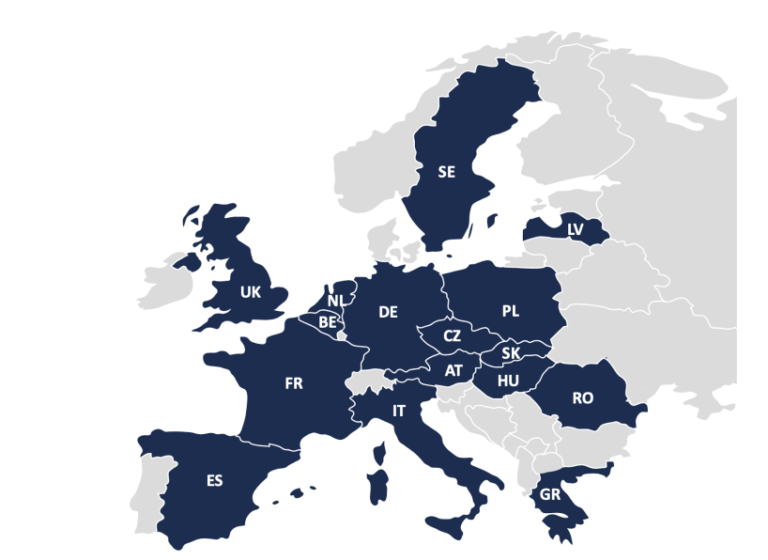A new study has revealed that Israel was mentioned about 10 times more in tweets pertaining to human rights violations than any other country.
A groundbreaking new study revealed that in tweets pertaining to human rights violations, Israel was mentioned approximately 10 times more than any other countries, including North Korea, China and Iran, reports The Jerusalem Post.
The trend shows a disproportionate focus in social media discussions on Israel. According to the study, Israel is mentioned 12 times more than China on issues of violating human rights, 38 times more than Iran, 55 times more than Iran and 111 times more than North Korea.
The study was conducted by the Ruderman Family Foundation and the Network Contagion Research Institute (NCRI). It analysed nearly 100 million tweets from January 1, 2020, to June 30, 2022. It demonstrates the shifting popularity of antisemitic and anti-Zionist narratives on Twitter, particularly in response to real-world events. The themes of the two narratives are basically identical, focusing on bloodlust, dominance, covert control, and replacement.
„We have identified a clear correlation between social media discourse and its influence in the real world,” said Shira Ruderman, Executive Director of the Ruderman Family Foundation. Adam Sohn, CEO of the NCRI, added that the overlap between anti-Zionism and antisemitism is disturbing because the same tropes are used by the two narratives. They emphasised that a marked double standard against Israel is prevalent on Twitter, with human rights terms disproportionately targeting the country, further fuelling anti-Zionist narratives that mirror traditional antisemitic tropes.
The report was unveiled in mid-July in the Knesset Caucus for Israel-American Jewry Relations. The Ruderman Family Foundation and NCRI plan to continue their collaboration and research the harmful anti-Zionist and antisemitic narratives and their societal impact to explore potential strategies for mitigating the trend.







